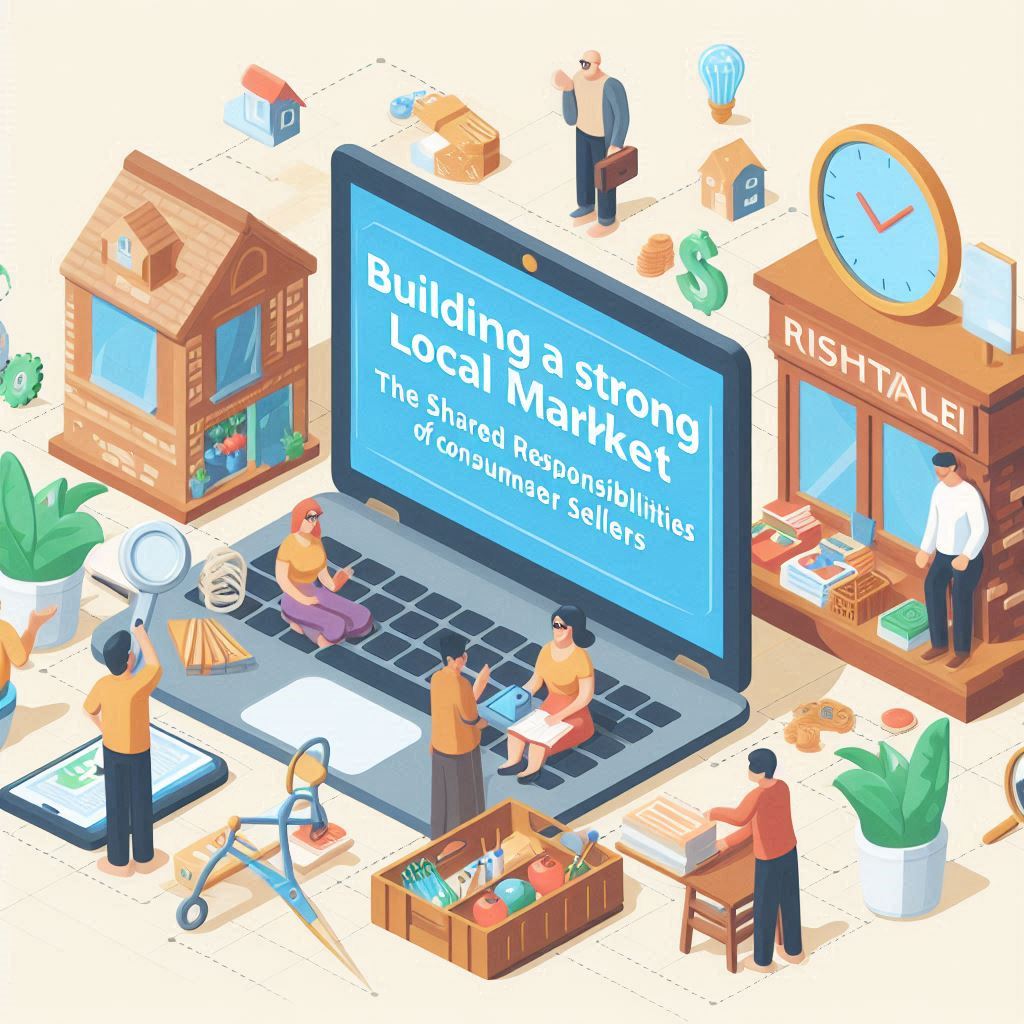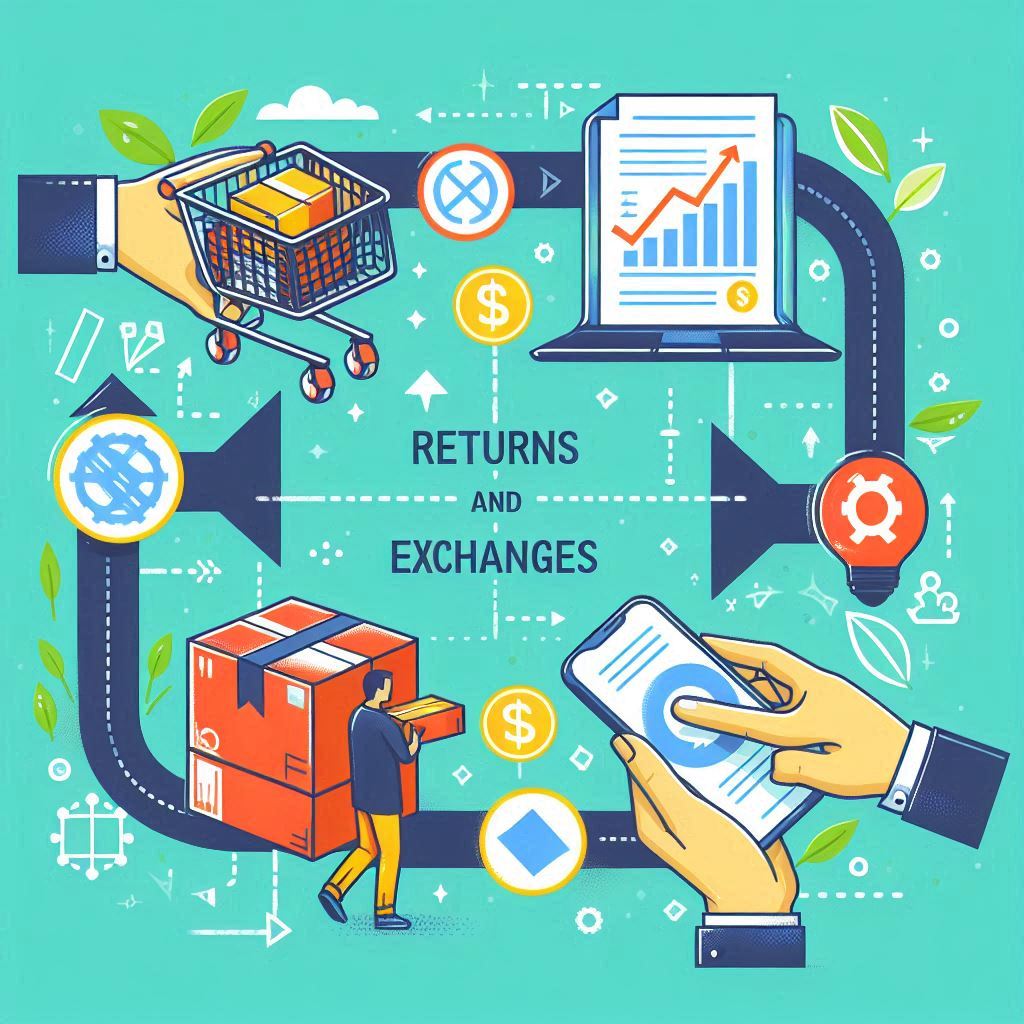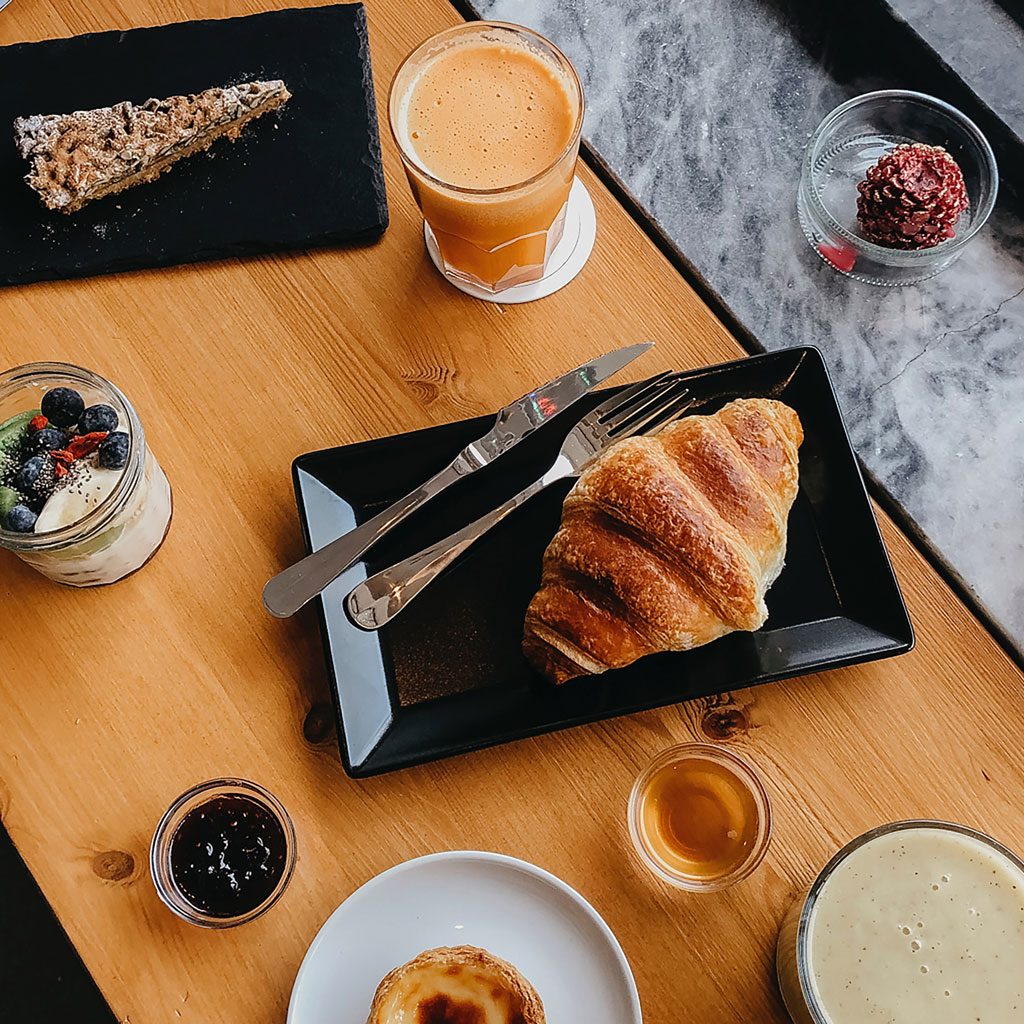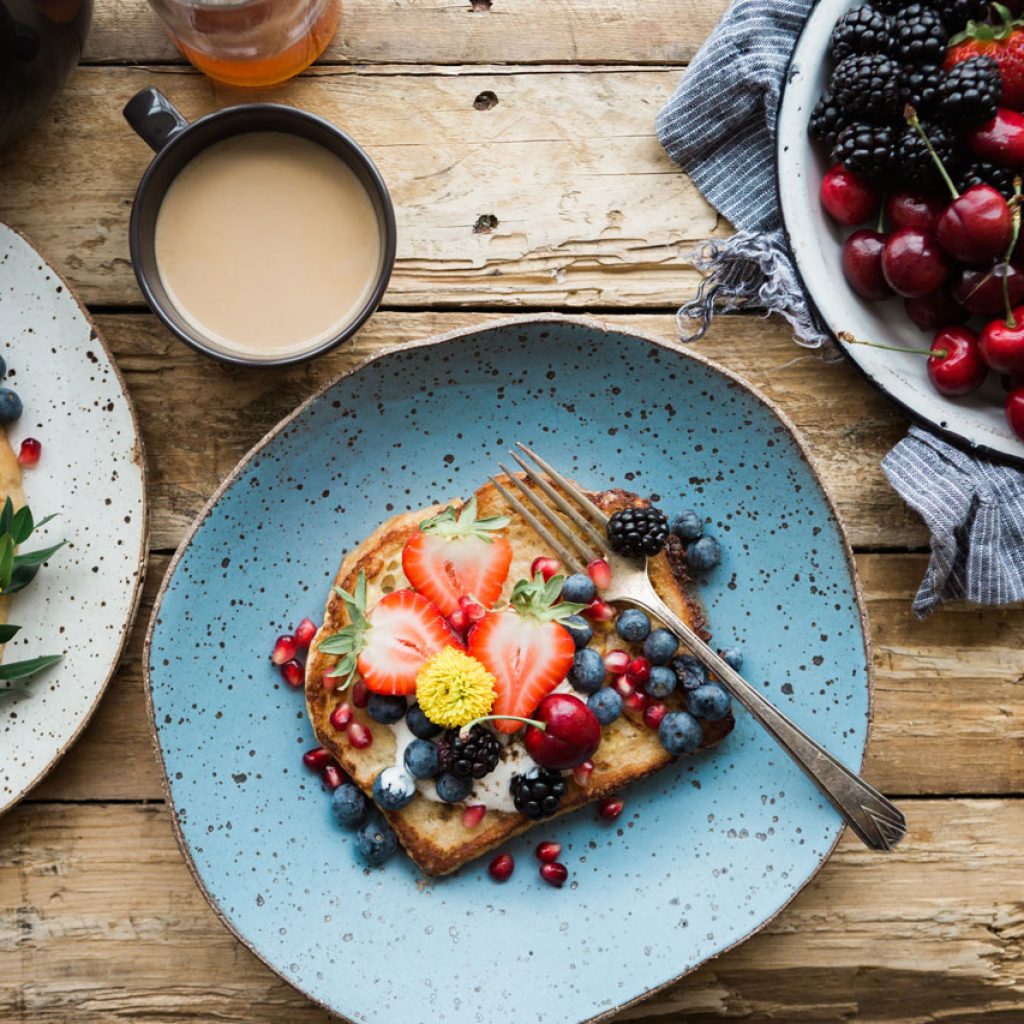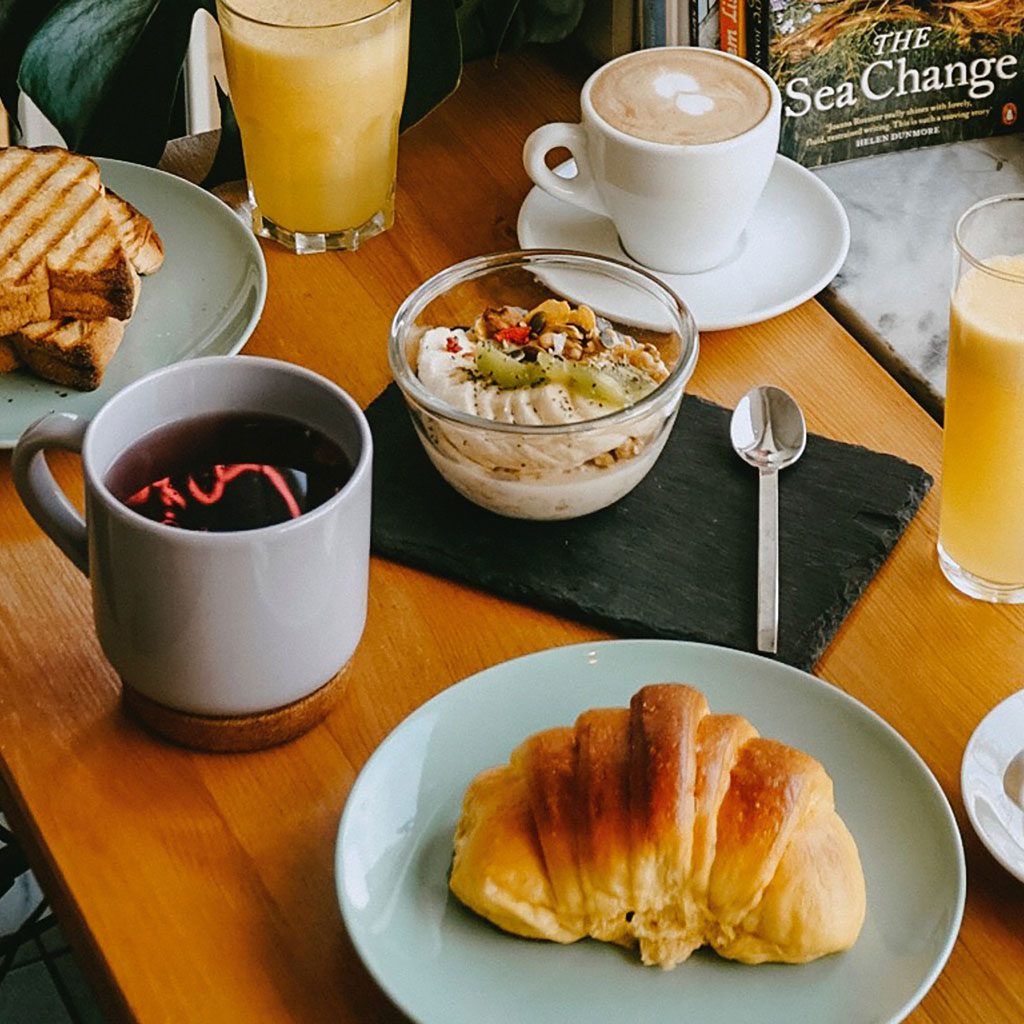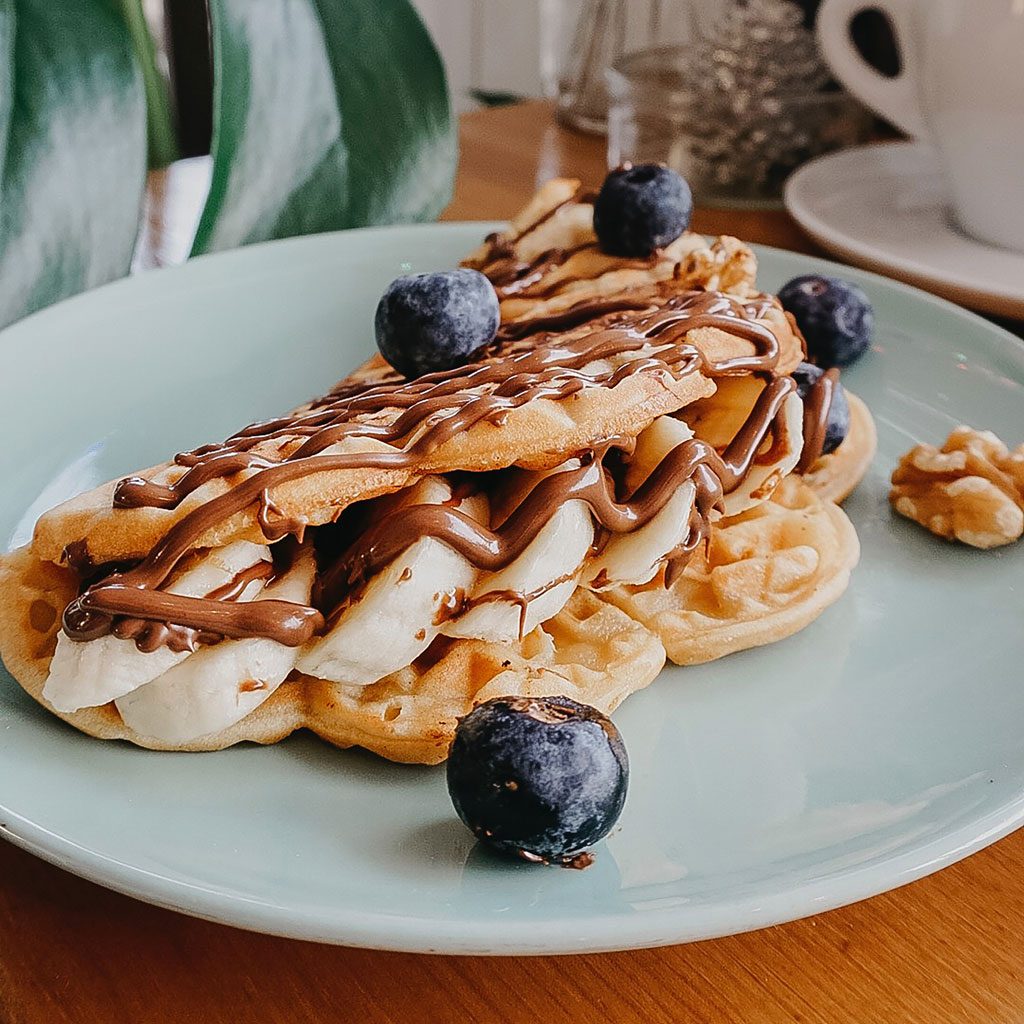Introduction
Understanding consumer behavior trends is essential for businesses aiming to enhance engagement and drive sales. As we navigate the ever-evolving landscape of retail, it becomes clear that local market stores must adapt to the changing expectations of their customers. This blog will explore key consumer behavior trends, the importance of personalization, leveraging social proof, creating seamless omnichannel experiences, and the necessity of user-centered design.
Identifying Key Consumer Behavior Trends
The Shift Towards Mobile-First Shopping Experiences
One of the most significant consumer behavior trends is the shift to mobile-first shopping. With mobile commerce sales hitting $2.2 trillion in 2023, consumers are increasingly relying on their smartphones for shopping. This trend highlights the importance of a mobile-first strategy, as 68% of shoppers use mobile apps to make purchasing decisions while in-store. Retailers must prioritize mobile optimization to meet consumer expectations and enhance the user experience.
The Rise of Conscious Consumerism
Another key trend is the rise of conscious consumerism. Today’s consumers are more aware of ethical concerns, such as sustainability and corporate responsibility, which significantly impact their purchasing decisions. Brands that demonstrate a commitment to ethical practices often enjoy stronger customer loyalty. This shift in consumer behavior trends indicates that local market stores must align their values with those of their customers to remain competitive.
Personalization: Crafting Customed User Experiences
Utilizing Data for Personalized Recommendations
Personalization is essential for enhancing customer engagement and retention. By leveraging data analytics, retailers can create personalized product recommendations that cater to individual preferences. This custom approach not only improves the shopping experience but also drives sales, as customers are more likely to purchase products that resonate with their interests. Understanding consumer behavior trends allows businesses to refine their personalization strategies effectively.
Boosting Customer Retention with Personalized Offers
In addition to product recommendations, personalized content, and offers, they can significantly boost customer retention. By sending targeted promotions based on previous purchases or browsing behavior, retailers can create a sense of exclusivity and relevance for their customers. This strategy is particularly effective in retaining loyal customers who appreciate personalized attention, aligning perfectly with current consumer behavior trends.

Leveraging Social Proof: The Role of Reviews and Ratings
Building Trust Through Customer Reviews
Customer reviews play a crucial role in building trust with potential buyers. In fact, most consumers read reviews before making a purchase decision. Retailers must prioritize displaying positive reviews prominently on their websites and mobile apps to instill confidence in their products. This social proof can significantly influence purchasing behavior, making it a vital component of any retail strategy that reflects consumer behavior trends.
Strategies for Managing Reviews Effectively
Effective management of customer reviews is equally important. Retailers should actively engage with customers by responding to reviews, both positive and negative. This interaction not only shows that the brand values customer feedback but also enhances the overall shopping experience. Implementing strategies to encourage satisfied customers to leave reviews can further bolster a brand’s reputation, directly impacting consumer behavior trends.
Creating Seamless Omnichannel Experiences
Blending Online and Offline Touchpoints
To meet the demands of today’s consumers, retailers must create seamless omnichannel experiences. This involves integrating online and offline touchpoints to provide a unified shopping experience. For instance, offering click-and-collect options allows customers to order online and pick up in-store, blending the convenience of online shopping with the immediacy of physical retail. This approach is a direct response to evolving consumer behavior trends.
Enhancing User Experience Through Delivery Options
Additionally, enhancing the user experience through flexible delivery options is essential. Consumers appreciate the choice between home delivery and in-store pickup, and providing these options can significantly improve customer satisfaction. By prioritizing convenience in the shopping journey, retailers can better align with consumer behavior trends.
The Importance of User-Centered Design for Local Market Stores
Designing Intuitive and Easy-to-Navigate Websites
User-centered design is critical for local market stores looking to enhance their online presence. Websites should be intuitive and easy to navigate, ensuring that customers can find what they need quickly. A well-designed website not only improves the user experience but also increases the likelihood of conversion, reflecting the latest consumer behavior trends.
Optimizing User Interface to Reduce Friction
Optimizing the user interface to reduce friction during the purchase journey is another key aspect of user-centered design. By streamlining the checkout process and minimizing the number of steps required to complete a purchase, retailers can significantly enhance the user experience. This focus on usability aligns with the growing consumer demand for efficient and hassle-free shopping experiences.
Measuring and Adapting: Using Analytics to Refine User Experience
Tracking Key Performance Indicators (KPIs)
To refine the user experience continuously, retailers must track key performance indicators (KPIs) that reflect user behavior. Analyzing metrics such as conversion rates, bounce rates, and customer feedback can provide valuable insights into areas for improvement. This data-driven approach allows retailers to adapt their strategies to better meet consumer expectations and behavior trends.
Utilizing A/B Testing for Optimization
A/B testing is an effective method for fine-tuning elements of the shopping experience. By experimenting with different website layouts, product placements, and promotional offers, retailers can identify what resonates best with their audience. This iterative process ensures that businesses remain responsive to changing consumer behavior trends.
Conclusion
In conclusion, understanding consumer behavior trends is essential for local market stores aiming to grow in a competitive landscape. By embracing mobile-first strategies, personalizing user experiences, leveraging social proof, creating seamless omnichannel experiences, and focusing on user-centered design, retailers can effectively engage customers and drive sales. By keeping a close eye on consumer behavior trends, companies can position themselves for success in the rapidly changing retail environment.
Incorporating consumer behavior trends into your strategy can transform your local market store’s user experience. At Miodeal, we’re here to help you navigate these trends effectively. Join us today!
FAQs
What are consumer behavior trends?
Consumer behavior trends refer to patterns and shifts in how consumers make purchasing decisions, influenced by factors like technology, social values, and economic conditions.
How can local market stores benefit from understanding these trends?
By understanding consumer behavior trends, local market stores can customize their marketing strategies, improve customer engagement, and ultimately increase sales.
Why is personalization important in retail?
Personalization enhances the shopping experience by providing customized recommendations and offers, leading to higher customer satisfaction and loyalty.
What role do customer reviews play in consumer behavior?
Customer reviews build trust and credibility for a brand, significantly influencing potential buyers’ decisions and enhancing the overall shopping experience.


